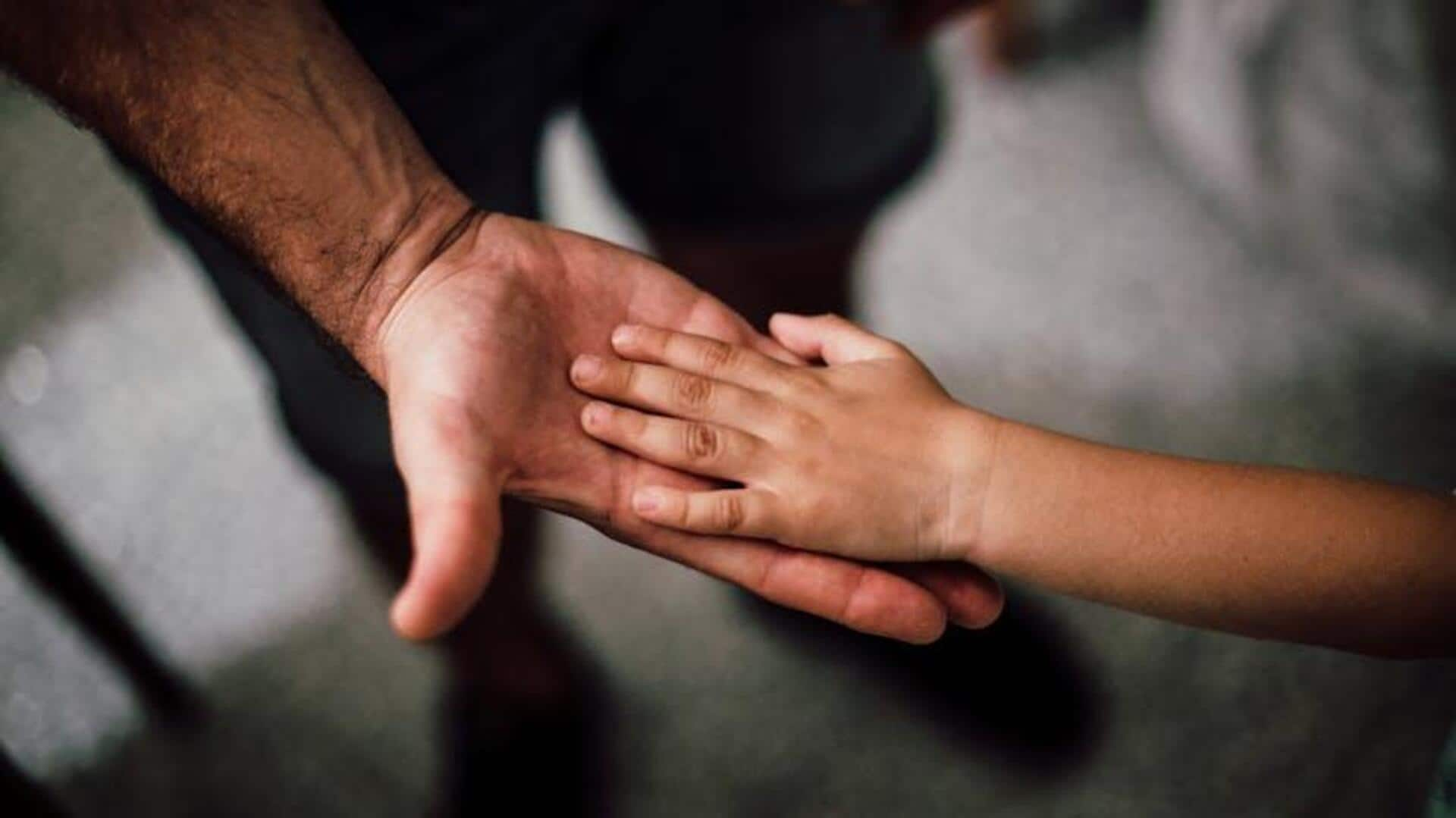
Teach your kids teamwork: 5 ideas to try
What's the story
Artistic projects can prove to be a great tool to promote teamwork among children. Working on creative activities teaches children how to work together, communicate, and respect different viewpoints. These projects not only improve their artistic capabilities but also develop important social skills which are necessary for their growth. Here are five artistic projects that promote teamwork and cooperation among young participants.
#1
Collaborative mural creation
Creating a mural as a group project encourages children to work together towards a common goal. Each child contributes their unique ideas and talents to the mural, learning how to blend different styles into one cohesive piece of art. This activity helps them understand the importance of compromise and collective decision-making, while allowing them to express themselves creatively.
#2
Group storytelling through art
In this project, kids create a story using sequential art pieces. Each kid has to illustrate one part of the story, so they have to communicate with each other effectively to ensure continuity and coherence in the narrative. This exercise not only enhances their ability to listen actively and incorporate feedback from peers but also develop storytelling skills.
#3
Puppet show production
Producing a puppet show isn't just about performing; it also involves scriptwriting, puppet making, set designing, etc. Children will have to work closely together throughout the process, learning how each role adds to the final performance. This project enables them to understand the dynamics of teamwork as they coordinate efforts and support each other's contributions.
#4
Community art installation
A community art installation enables kids to explore their environment while collaborating on an artistic project that aids others. They think of ideas together before putting them to action through different mediums available in or around their community area. This project instills a sense of responsibility towards common spaces while encouraging creativity through mindful use of resources.
Tip 5
Musical ensemble performance
Forming a musical ensemble requires coordination between different instruments or voices harmonizing together under guidance from peers or instructors alike. It emphasizes listening skills alongside rhythm synchronization techniques necessary when performing live music pieces collaboratively without any soloist dominating over others. Involved equally, contributing parts needed for overall success are achieved by all members participating fully engaged throughout the entire experience offered here today.